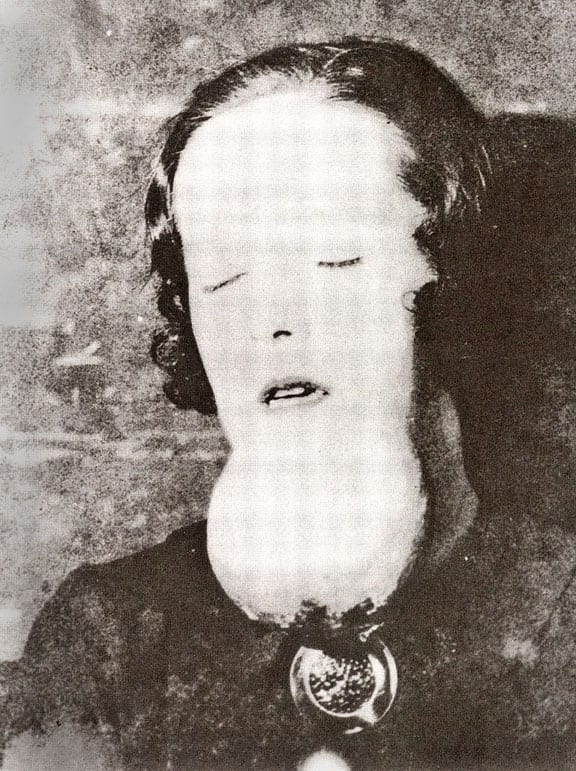

It is not known if Radium can be absorbed through your skin. Radium can enter the body when it is inhaled or swallowed, and in rare cases through emitted radiation. The potential for health effects depends on several factors including the amount of Radium present, amount of time spent near contamination, proximity to the source of radiation, and whether any shielding (e.g., concrete or lead that blocks radiation) is in place. Low levels of exposure to Radium are normal, and there is no evidence that exposure to low levels is harmful. The presence of Radium does not mean that adverse health effects are occurring or could occur. Higher doses of Radium have been shown to cause effects on the blood (anemia), eyes (cataracts), teeth (broken teeth), and bones (reduced bone growth). Exposure to Radium over a period of many years may result in an increased risk of some types of cancer, particularly lung and bone cancer. In general, the greater the total amount of your exposure to radiation from Radium, the more likely you are to develop an adverse health effect. The potential for health effects depends on the amount of radiation a person is exposed to. The majority of radon exposures in buildings are from radon coming up from the ground. It is important to note that radon, a byproduct of Radium, can be present in buildings, particularly in basements. You may be exposed to higher levels of Radium if you work in a specific job using these materials. High levels of Radium are typically found in waste from former Radium processing and manufacturing facilities, or at former manufacturing facilities that used Radium and have been improperly cleaned. It is present in soil, water, rocks, coal, plants, and even food. How can people be exposed to Radium?Įveryone is exposed to low levels of Radium because it occurs naturally in the environment. Radium was even used in medical applications during the 20th century. Radium was also used until the early 1970s in ”glow-in-the-dark” paints, e.g., for dials on clocks, and in other industrial applications such as instrument calibration. How was Radium commonly used?Īt the beginning of the 20th century, Radium was thought to have beneficial health properties and was often added to consumer products such as toothpaste, hair creams, and even food. This brochure will help you understand the problem, how it affects you, and what can be done to reduce or eliminate exposure.Radium is a radioactive substance found in nature that can have adverse health effects under certain conditions.

While this is not an immediate health concern, you should know what is in your drinking water.

Initial water testing is usually for alpha radiation, and additional testing is required to identify uranium and radium.

The main type of radiation emitted by radium and uranium is the alpha particle. Radioactive elements are unstable in nature and to reach a more stable condition, they give off energy, or radiation. As a result, a small number of public drinking water systems have recently been identified that exceed the federal drinking water standards for radium and uranium. Uranium in groundwater occurs mainly in the northern Piedmont region. Radium can be found in groundwater more frequently in the southern Coastal Plain region. Small amounts of radium and uranium occur in groundwater in certain parts of Georgia. Radium is formed when uranium decays in the environment. Uranium is a naturally occurring radioactive metal.


 0 kommentar(er)
0 kommentar(er)
